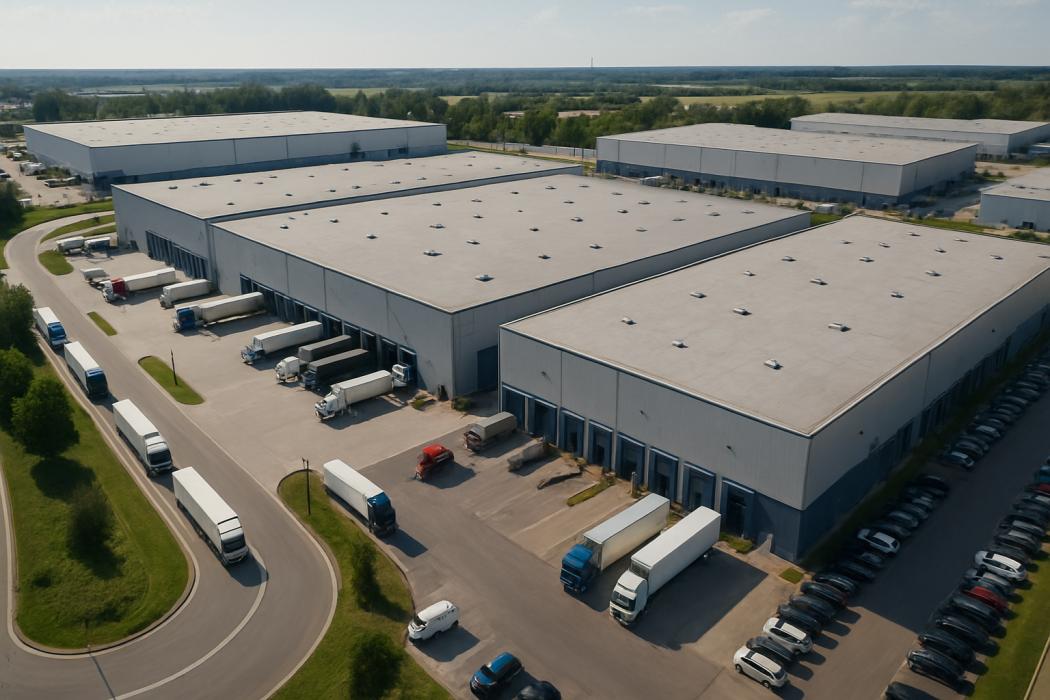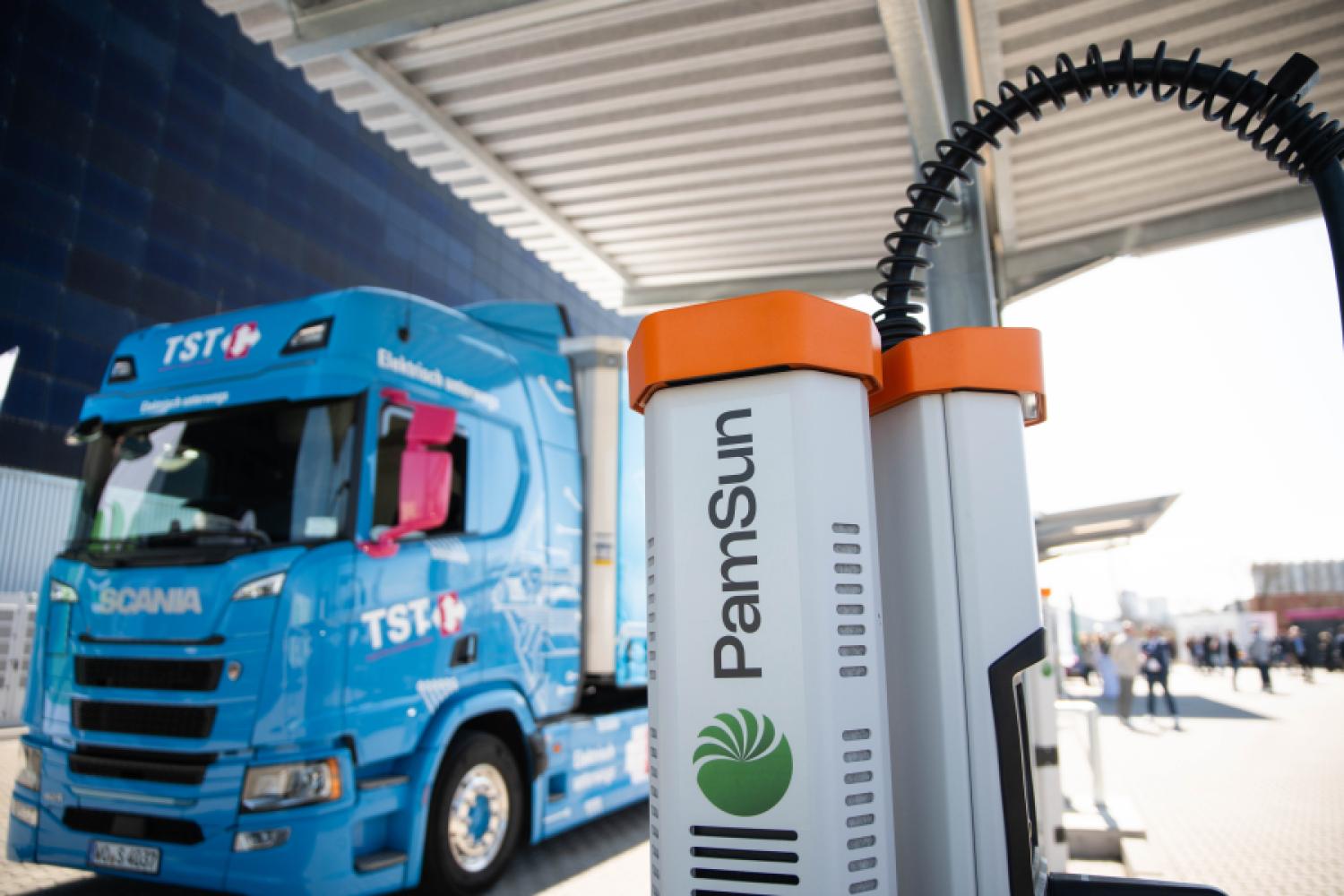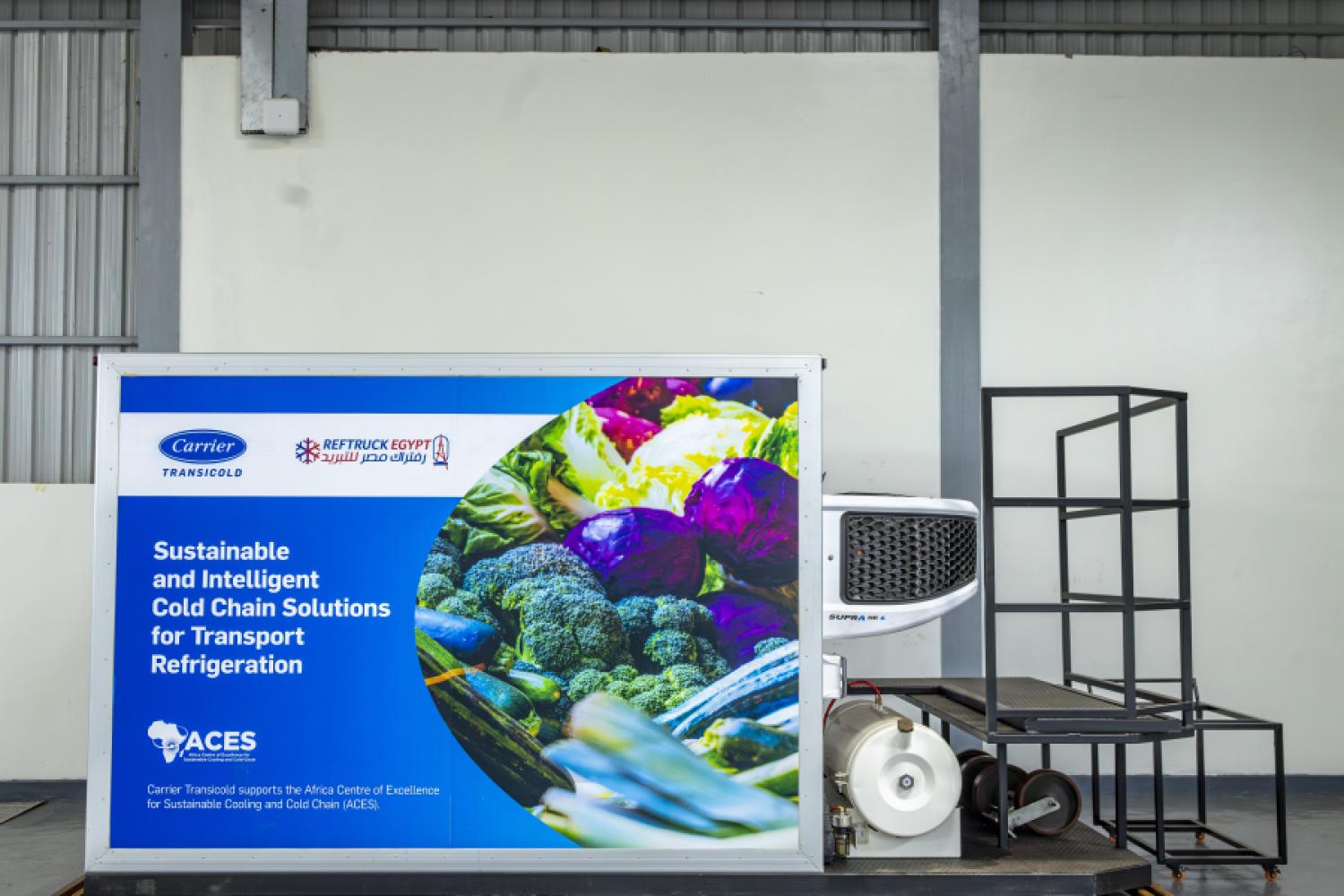The German industrial and logistics real estate market achieved a floor-space turnover of around 2.52 million square meters in the first half of 2025. This corresponds to an increase of 3.1 percent compared to the same period last year. Thus, the market slightly exceeded the level of the two previous first halves of the year, but still remained below earlier peak years. This is according to a current analysis by the real estate service provider Cbre.
Declining New Construction Share
The share of new constructions in the total floor-space turnover was 43 percent in the first half of the year. Compared to the same period last year, this represents a decrease of 16 percentage points. The pipeline for speculatively constructed areas – that is, properties without pre-leasing – also reduced within twelve months by 36 percent to 810,000 square meters.
“The increase among logistics companies is remarkable, as they have significant underutilized spaces due to economic conditions, the so-called ‘gray vacancy.’ On the positive side, however, more trading and production companies are now outsourcing their logistics again to save costs and their own personnel,” says Koepke.
Vacancies Vary Regionally
The vacancy rate for large logistics properties (Big Boxes) was 4.1 percent at the end of the second quarter of 2025. Compared to the previous quarter, this represents a decrease of 0.4 percentage points. Year-on-year to the second quarter of 2024, this corresponds to an increase of 0.9 percentage points. Regionally, there are significant differences: While Halle/Leipzig has a vacancy rate of 9.5 percent (up 3 percentage points in twelve months), the value in Magdeburg is 8.9 percent (up 8.4 percentage points) and in Berlin 8.5 percent (down 0.9 percentage points in twelve months). In markets such as Karlsruhe, Lower Bavaria, Nuremberg, Saarbrücken, and Stuttgart, full occupancy prevails. Hamburg consistently had a vacancy rate of 0 percent. Munich (0.9 percent) and Frankfurt am Main (1.8 percent) also recorded low rates.
Large Deals Dominate the New Construction Sector
Despite the decline in the new construction share, the five largest deals in the first half were entirely accounted for by new constructions – all of them own-use. The largest transaction was an own-use by the food retailer Netto with 65,000 square meters in Kremmen (Oberhavel district, Brandenburg). In total, the share
of own-use in floor-space turnover was 27 percent, two percentage points more than the previous year.
Rents Continue in Upward Trend
The average prime rent in Germany's five main logistics markets rose by 2.9 percent to 8.96 euros per square meter in the first half of 2025. The average rent increased by 9.1 percent to 7.44 euros. The increase also reflects catch-up effects as a result of previous rent increases.
Demand Development by User Groups
Transport and logistics companies were the strongest user group in the first half of 2025. Their share of floor-space turnover rose by five percentage points to 36 percent. The share of trading companies, including online retailers, fell by three percentage points to 29 percent. Production companies accounted for 28 percent, a decrease of five percentage points. The increase among logistics service providers occurred despite existing space reserves (so-called “gray vacancy”). At the same time, it was observed that trading and industry companies are increasingly outsourcing logistics services.
No Measurable Impact from the Defense Industry
Despite the increasing order volume in the defense sector, no effect on the industrial and logistics real estate market has
yet been observed. However, an increase in own-uses of production halls is expected – additional demand for storage space is not expected. However, an increase in the number of own-uses of production halls is expected. Due to the specific production conditions in this sector, additional demand for storage space is not expected.
Outlook for the Full Year
“Given the still challenging time for the German economy and further uncertainties – currently due to the uncertainty about the US tariffs, which influence both export directions and supply chains – a forecast is very difficult. However, exceeding the five-million-square-meter floor-space turnover mark is expected, reaching a level similar to the past two years,” says Koepke.
For the full year 2025, Cbre forecasts a floor-space turnover of over five million square meters, which would correspond to the level of previous years. A more precise forecast is currently difficult due to economic uncertainties, such as possible new US tariffs. In the medium term, however, the logistics sector is likely to benefit from increasing investments in infrastructure. Current economic indicators suggest that the economic weakness phase in the German economy is coming to an






